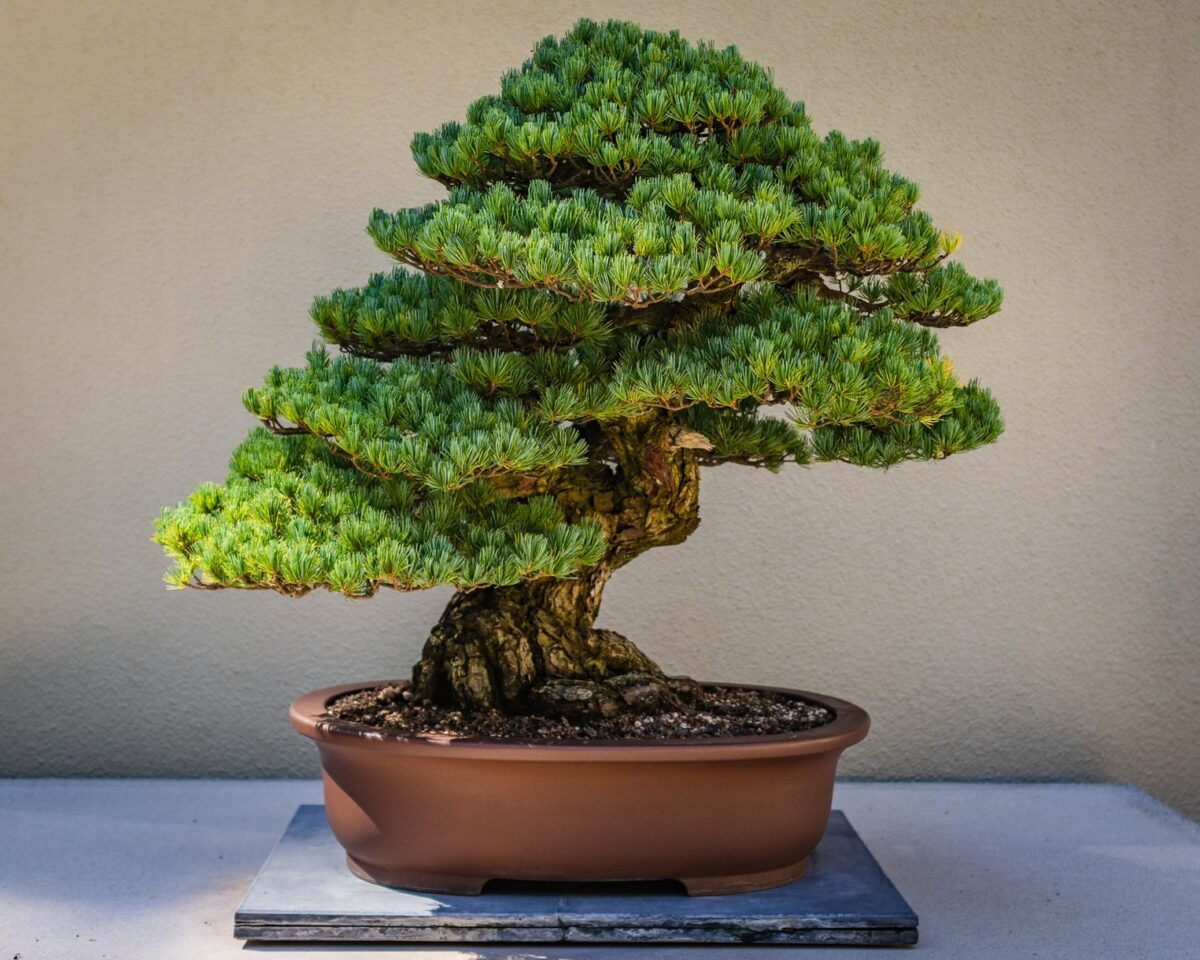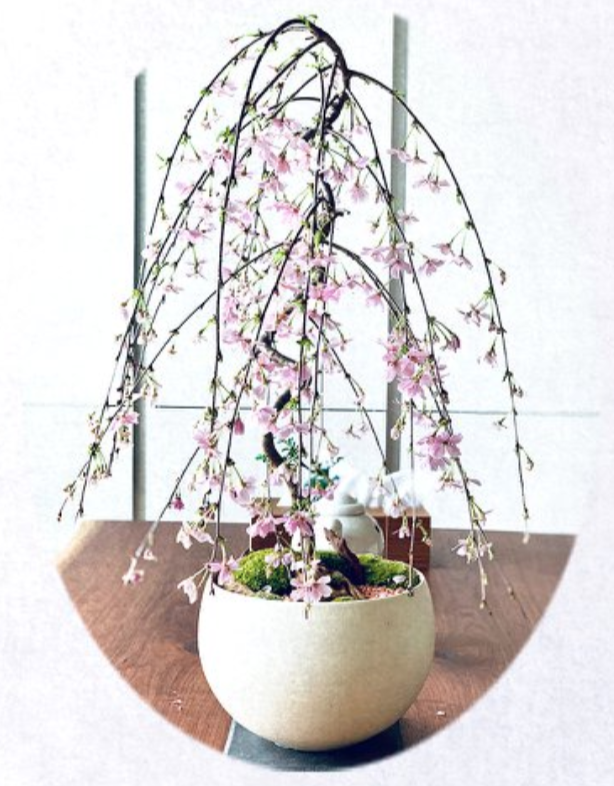Bonsai tree trees types upright shape informal plus style grows trunk zag zig way its little but
Table of Contents
Table of Contents
Bonsai trees are a beautiful and unique addition to any home or garden. These miniature trees are known for their calming effect and ability to bring a touch of nature indoors. With so many different types of bonsai trees to choose from, it can be overwhelming to decide which one to add to your collection. In this article, we will explore the different types of bonsai trees and help you find the perfect one for your needs.
Pain Points:
Are you tired of bland and boring indoor plants? Do you want to add a touch of personality to your home or office? If so, bonsai trees are an excellent choice. However, it can be challenging to find the right type of bonsai tree for your space. With so many different shapes, sizes, and styles to choose from, it’s easy to get overwhelmed. Additionally, caring for a bonsai tree can be a bit intimidating, especially if you’re new to the hobby.
What is type of bonsai tree?
Type of bonsai tree refers to the specific species of tree that has been trained to grow as a bonsai. The most popular types of bonsai trees include juniper, pine, maple, and cherry blossom. Each type has its unique characteristics and requirements, so it’s essential to do your research before selecting one for your home or garden.
Summary of Main Points:
In summary, bonsai trees are a beautiful and unique addition to any home or garden. However, choosing the right type can be a daunting task. In this article, we’ve explored some of the most popular types of bonsai trees and provided an overview of their characteristics and requirements. By doing your research and selecting the right type of bonsai tree for your needs, you can enjoy the calming benefits and beauty of these miniature trees for years to come.
Juniper Bonsai Trees:
Juniper bonsai trees are one of the most popular types of bonsai trees. They are known for their rugged and hardy nature and are perfect for beginners. Juniper bonsai trees can be grown indoors or outdoors, depending on their species. They require regular watering and pruning to maintain their shape and size. Juniper bonsai trees come in a variety of shapes and styles, including cascade, formal upright, and slanting.
 My personal experience with juniper bonsai trees has been very positive. I love the unique twisty and gnarled branches that create a sense of age and wisdom. I find it very relaxing to spend time pruning my juniper bonsai tree and watching it grow over time. With regular care and maintenance, juniper bonsai trees can last for many years and provide a sense of calm and beauty to any space.
My personal experience with juniper bonsai trees has been very positive. I love the unique twisty and gnarled branches that create a sense of age and wisdom. I find it very relaxing to spend time pruning my juniper bonsai tree and watching it grow over time. With regular care and maintenance, juniper bonsai trees can last for many years and provide a sense of calm and beauty to any space.
Maple Bonsai Trees:
Maple bonsai trees are another popular choice among bonsai enthusiasts. They are known for their vibrant foliage and unique trunk patterns. Maple bonsai trees require regular watering and pruning to maintain their shape and size, and they should be placed in a bright, sunny location to thrive. Maple bonsai trees come in a variety of shapes and styles, including informal upright, slanting, and semi-cascade.
 My personal experience with maple bonsai trees has been quite rewarding. I love the changing colors of the leaves throughout the seasons and the unique trunk patterns that each tree possesses. Maple bonsai trees require a bit more care than some other types of bonsai trees, but the effort is worth it for the beauty and uniqueness they bring to any space.
My personal experience with maple bonsai trees has been quite rewarding. I love the changing colors of the leaves throughout the seasons and the unique trunk patterns that each tree possesses. Maple bonsai trees require a bit more care than some other types of bonsai trees, but the effort is worth it for the beauty and uniqueness they bring to any space.
Cherry Blossom Bonsai Trees:
Cherry blossom bonsai trees are a type of flowering bonsai tree that is known for its delicate pink or white blossoms. They are a popular choice for outdoor bonsai gardens and require regular watering and pruning to maintain their shape and size. Cherry blossom bonsai trees should be placed in a location that receives plenty of sunlight, and they prefer slightly acidic soil.
 One of the most amazing experiences I’ve had with cherry blossom bonsai trees was during a visit to Japan. The cherry blossom season in Japan is a magical time when the entire country is blanketed in delicate pink and white blossoms. Seeing these trees up close and personal was an awe-inspiring experience that I’ll never forget. Although growing cherry blossom bonsai trees can be challenging, the reward is worth it for the stunning beauty they can provide.
One of the most amazing experiences I’ve had with cherry blossom bonsai trees was during a visit to Japan. The cherry blossom season in Japan is a magical time when the entire country is blanketed in delicate pink and white blossoms. Seeing these trees up close and personal was an awe-inspiring experience that I’ll never forget. Although growing cherry blossom bonsai trees can be challenging, the reward is worth it for the stunning beauty they can provide.
Pine Bonsai Trees:
Pine bonsai trees are a type of bonsai tree that is known for its elegant, needle-like leaves and distinctive cone-shaped pine cones. They are a popular choice for outdoor bonsai gardens and require regular watering and pruning to maintain their shape and size. Pine bonsai trees should be placed in a location that receives plenty of sunlight, and they prefer slightly acidic soil.
 I have always been drawn to the unique shape and texture of pine bonsai trees. They have a quiet elegance and grace that is unlike any other type of bonsai tree. Pine bonsai trees are a bit more challenging to care for than some other types, but with regular attention and care, they can provide years of beauty and enjoyment.
I have always been drawn to the unique shape and texture of pine bonsai trees. They have a quiet elegance and grace that is unlike any other type of bonsai tree. Pine bonsai trees are a bit more challenging to care for than some other types, but with regular attention and care, they can provide years of beauty and enjoyment.
Question and Answer:
Q: What is the best type of bonsai tree for beginners?
A: Juniper bonsai trees are the best type of bonsai tree for beginners. They are hardy, easy to care for, and come in a variety of shapes and styles.
Q: How often should I water my bonsai tree?
A: The frequency of watering your bonsai tree will depend on the type of tree and its specific requirements. In general, most bonsai trees should be watered when the top layer of soil feels dry to the touch.
Q: How much sunlight does my bonsai tree need?
A: The amount of sunlight your bonsai tree needs will depend on the type of tree and its specific requirements. Most bonsai trees prefer bright, indirect sunlight and should be placed in a location that receives plenty of natural light.
Q: How often should I prune my bonsai tree?
A: The frequency of pruning your bonsai tree will depend on the type of tree and its specific requirements. In general, most bonsai trees should be pruned once or twice a year to maintain their shape and size.
Conclusion of Type of Bonsai Tree:
Choosing the right type of bonsai tree for your needs can be a bit daunting, but with a bit of research and care, you can enjoy the beauty and joy of these miniature trees for years to come. Whether you choose a rugged and hardy juniper, a delicate and graceful cherry blossom, or a unique and textured pine, you’ll find that bonsai trees are a delightful addition to any space.
Gallery
Bonsai Tree – A Traditional Japanese Art Form | Japan Wonder Travel Blog

Photo Credit by: bing.com /
9 Trees That Make Good Bonsai Specimens

Photo Credit by: bing.com / bonsai trees juniper thespruce quil cauldron specimens
9 Trees That Make Good Bonsai Specimens

Photo Credit by: bing.com / juniper feuilles ginepro miniature thespruce perd persistant persistante feuille care specimens drzewo penjing 3000ad fototapety potted redro krajobraz drzewa wiecznie
13 Types Of Bonsai Trees (by Style And Shape Plus Pictures) - Home Stratosphere

Photo Credit by: bing.com / bonsai tree trees types upright shape informal plus style grows trunk zag zig way its little but
6 Types Of Bonsai Trees That Are Best For Beginners

Photo Credit by: bing.com /





